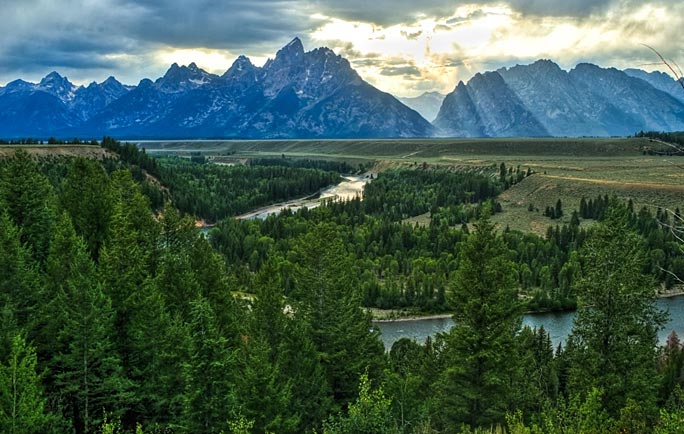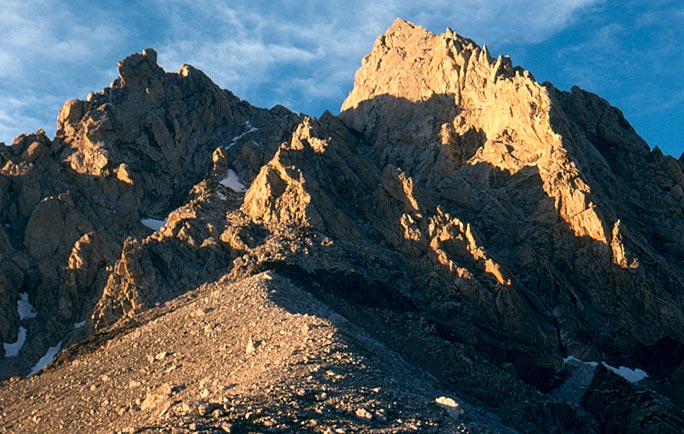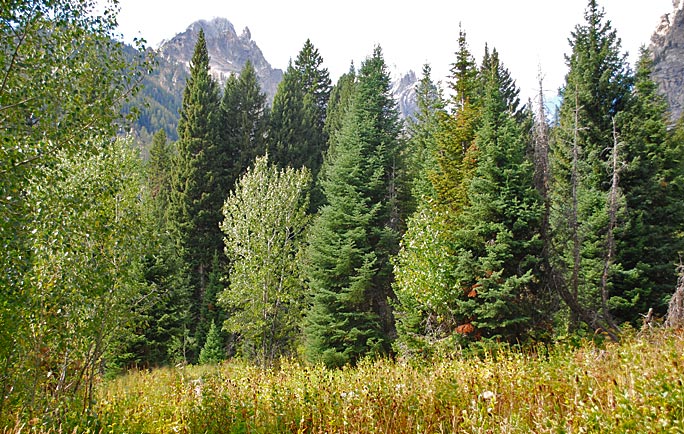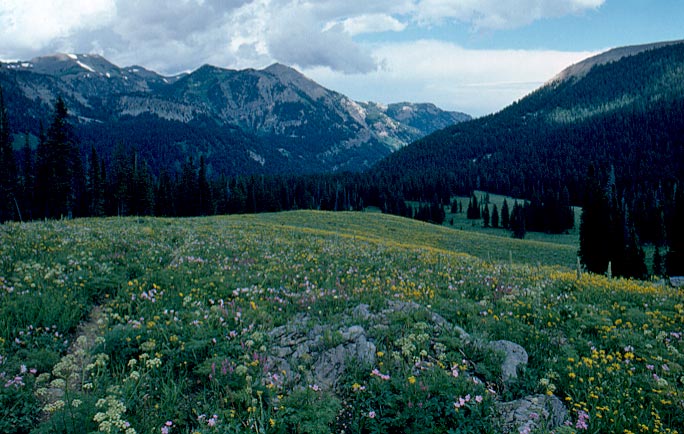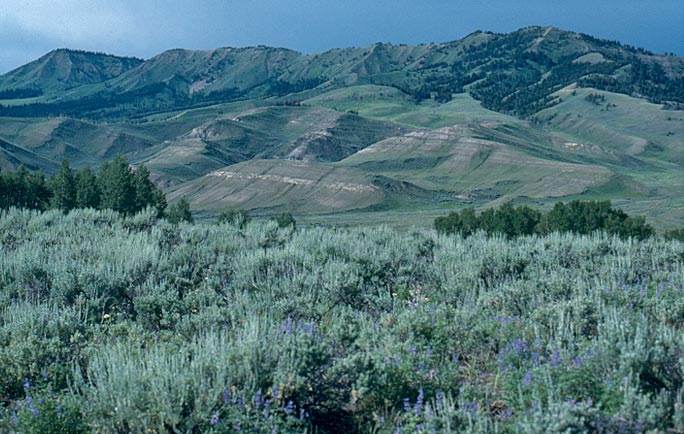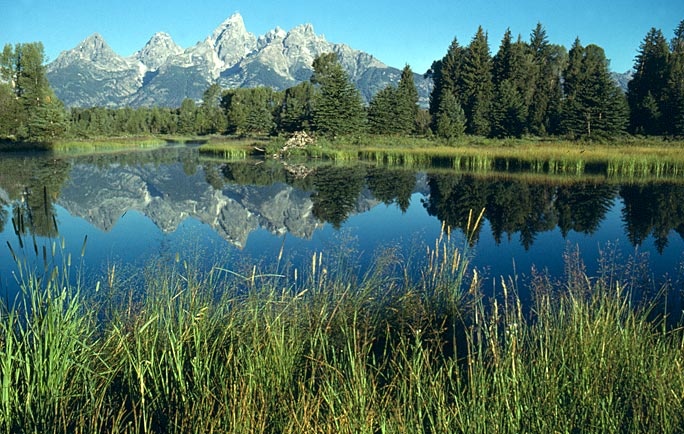Home / Wild Communities
Wild Communities
Plants and animals interact within their environment to function like a neighborhood and create a bustling community of life. Just as our neighborhood provides a livable community for us, the geologic landscape determines the plants and animals that can live in a particular community, and where species may find food and shelter to sustain their life cycles.
Bird Species: 200+
Invertebrate Species: 10,000
Mammal Species: 60+
Plant Species: 1,000+
Invertebrate Species: 10,000
Mammal Species: 60+
Plant Species: 1,000+
Alpine Community
Life above treeline is precarious. Plants and animals in the alpine community must adapt to an environment of extremes, including scant soil, intense solar radiation, short growing season, extreme temperatures, heavy snow cover and fierce winds. Survival in this harsh environment requires that plants use unique strategies and adaptations to overcome these limitations.
Bird Species: 7+
Invertebrate Species: 12+
Mammal Species: 12+
Plant Species: 100+
Invertebrate Species: 12+
Mammal Species: 12+
Plant Species: 100+
Forest Community
Trees are the pillars of the forest community. They provide habitat for wildlife, produce oxygen, stabilize soils and prevent erosion of riverbanks. Geology and climate determine the type and location of forests. Glacier-created moraines retain moisture, allowing lodgepole pine to grow in areas of shallow, porous soils that lack trees. Trees are absent above treeline in the mountains.
Bird Species: 50+
Invertebrate Species: 200+
Mammal Species: 25+
Plant Species: 100+
Invertebrate Species: 200+
Mammal Species: 25+
Plant Species: 100+
Meadow Community
Meadows are alluring to both wildlife and humans and play an important role in the ecosystem. Flowering plants and grasses are the foundation of this community, providing food and shelter to many different kinds of wildlife and great opportunities to view wildlife in the park. Look for meadows interspersed throughout sagebrush, forest, wetland and alpine communities.
Bird Species: 50
Invertebrate Species: 200
Mammal Species: 25
Plant Species: 100
Invertebrate Species: 200
Mammal Species: 25
Plant Species: 100
Sagebrush Community
Sagebrush communities are surprisingly diverse. Sagebrush dominates the silver-green patchwork, but look carefully and you will discover many shrubs, grasses and wildflowers. Shallow soils, consisting of sand and cobbles that hold little moisture in summer characterize this community. Drought-tolerant plants survive here despite dry soil and intense sunlight.
Bird Species: 30
Invertebrate Species: 200
Mammal Species: 12
Plant Species: 50
Invertebrate Species: 200
Mammal Species: 12
Plant Species: 50
Wetland Community
Wetland communities come in many forms, including willow swamps, marshes and potholes. Wetlands buffer against floods and provide critical habitat for many species. Each year, melting snow from the surrounding landscape recharges the wetlands. This fluid, ever-changing aquatic environment at the headwaters of the Snake River is a magnet for both wildlife and humans.
Bird Species: 75
Invertebrate Species: 200
Mammal Species: 22
Plant Species: 50
Invertebrate Species: 200
Mammal Species: 22
Plant Species: 50
Discover Grand Teton is funded by the Grand Teton National Park Foundation in partnership with the National Park Service.
gtnpf.org
gtnpf.org





